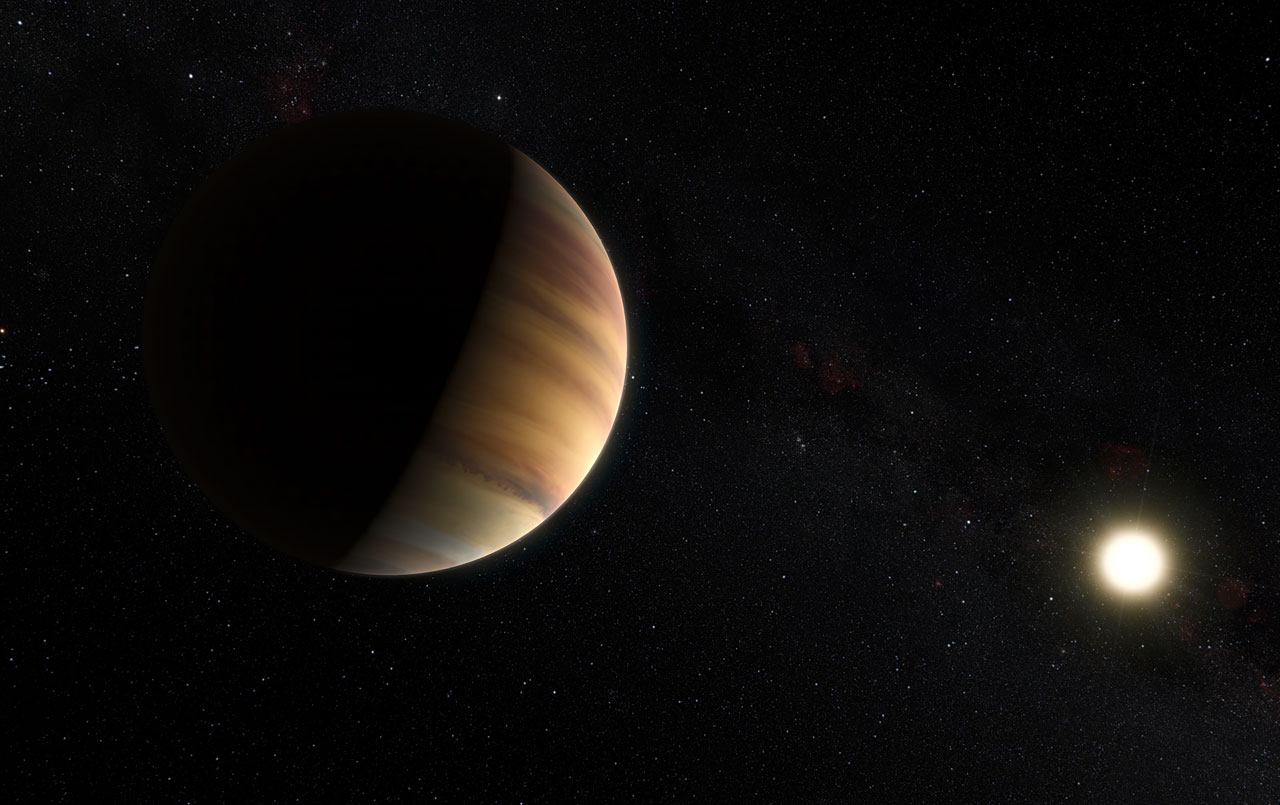Swiss astronomers Michel Mayor and Didier Queloz were awarded one half of this year’s Nobel Prize in physics today for their discovery of the first planet outside our solar system orbiting a sun-like star, which kicked off the dawn of exoplanet science in astronomy.
The history: In 1995, Mayor and Queloz identified a planet orbiting the sun-like star 51 Pegasi, over 50 light-years away in the constellation Pegasus. The pair used a spectroscope to detect tiny wobbles in the light emitted by the host star. These changes turned out to be induced by the gravitational effects of a large, hot, gaseous exoplanet orbiting the star 4.3 million miles away. That exoplanet, later named 51 Pegasi b, was confirmed a week later by another team using the Lick Observatory in California.
Although the first exoplanet detection was made in 1992 (with the discovery of a pair of planets orbiting a pulsar 2,300 light-years away), 51 Pegasi b was the first exoplanet to be found orbiting a sun-like star.
Don’t settle for half the story.
Get paywall-free access to technology news for the here and now.
